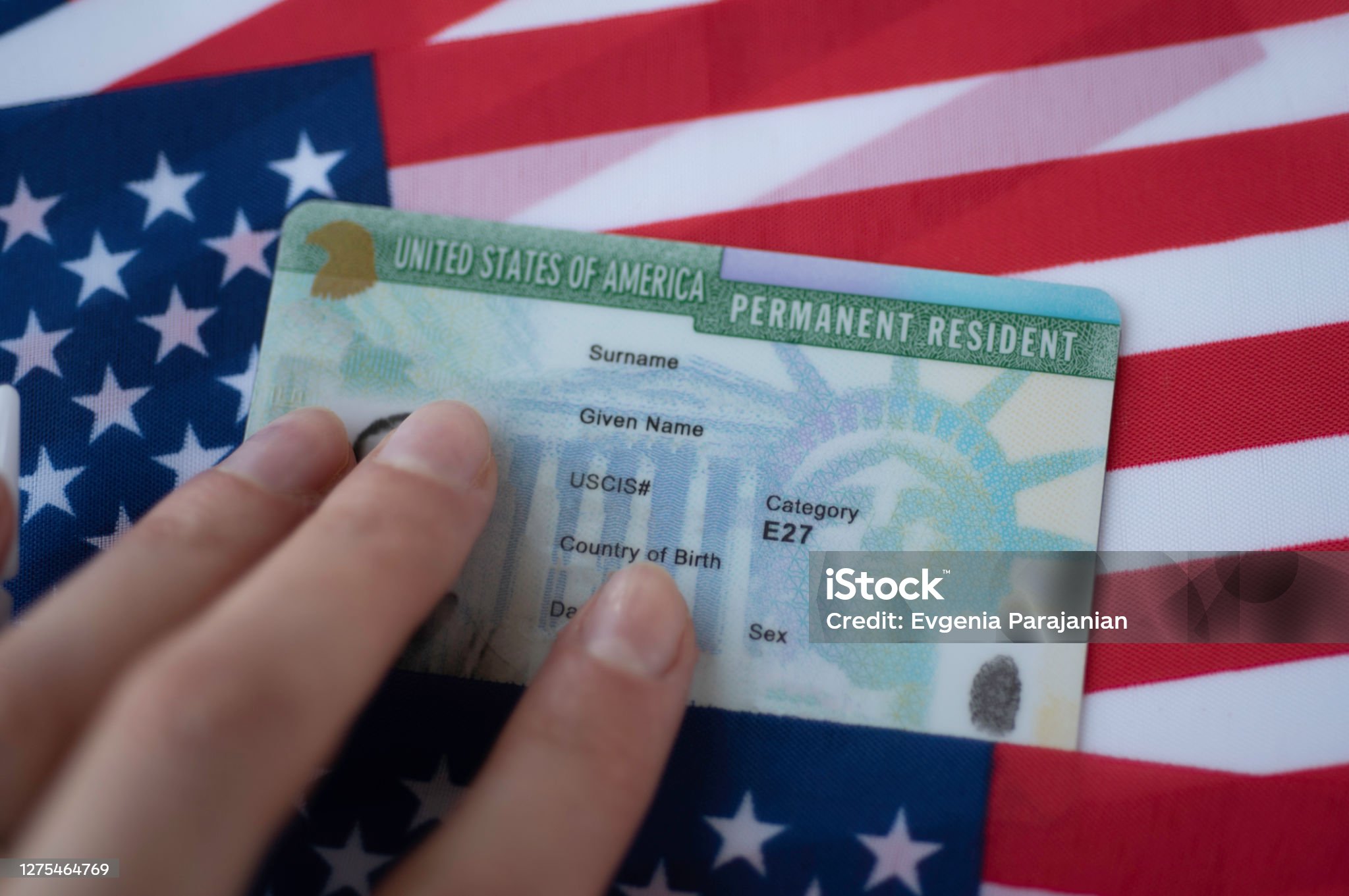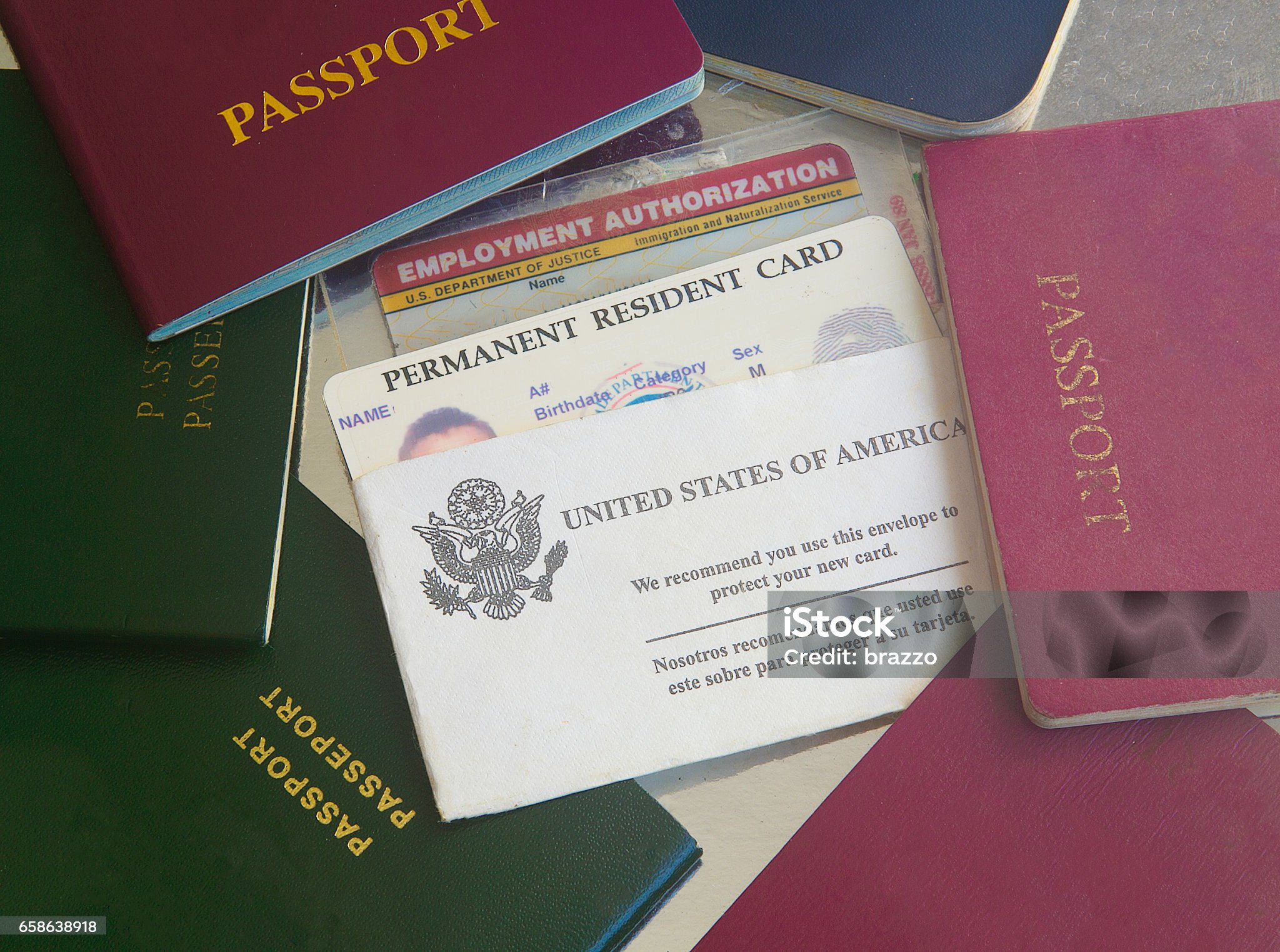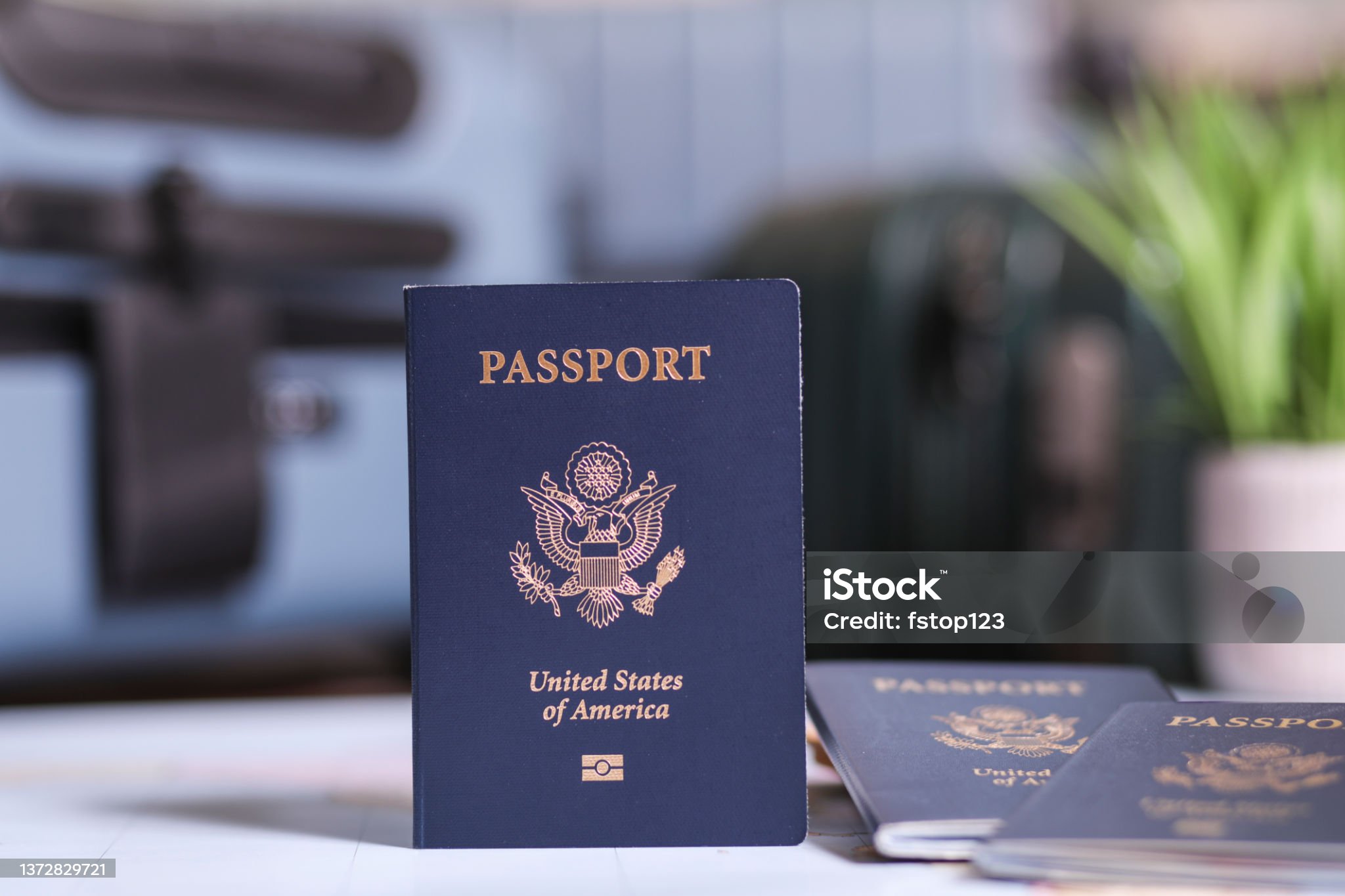Thorough Study on Secure IDs plus Their Use in Different Countries

1. Introduction to Personal Identification Documents
Identification documents play an essential role both for individuals and society. They act as "permissions" and "access passes," allowing society to operate seamlessly when they are widely accessible and recognized. There are different kinds of identification documents, and each of them signifies a particular aspect. Take, for instance, a copyright, which authorizes one to operate a vehicle, and a copyright, which acts as proof of citizenship and permits border crossings. Such documents serve a vital personal function and facilitate transactions such as employment, services, insurance acquisition, and car rentals. Often, financial institutions may need to verify these documents when dealing with borrowers who seem unreliable or possess weak credit backgrounds. These documents function as both identity verification and legal authorization to operate financially or otherwise.

Historically, identification documents did not hold as much importance in daily affairs as they do today. Their significance has evolved with the changing legal and security landscapes. Technological advancements have permitted the development of security systems that far exceed the ID technologies currently available to consumers. Many countries are moving toward biometric technology to standardize their identification systems. Some already use electronic exit technology.
Personal identification documents act as formal proof of legal status. Globally recognized identification forms, such as passports, copyright, copyright, and driver's licenses, are accepted worldwide as proof of identity at both local and international scales. Many people file these identification documents under lock and key or with good protection and ensure quick access to them when required.
This discussion addresses the legitimacy and importance of certain documents such as IDP, Real ID, copyright, copyright, copyright, and resident permits to increase awareness of their relevance. Educational staff and the general public need to be informed about these documents, and this information might be useful in preventing loss or regaining these documents. The content here is directed at both domestic and international audiences, aiming to ensure they possess the vital documents necessary for their knowledge and ideals.
2. Legal Structures and Rules Overseeing Identification Documents

The governance of identification documents depends on jurisdiction-specific laws and rules. These documents are provided to individuals through authorized issuing entities in accordance with rules designed to maintain their integrity. In some cases, identification documents may be required, but in other instances, they are used as optional verification or validation. It is the responsibility of the individual to follow the rules of the jurisdiction that governs the use of the document. In conclusion, individuals must comprehend the legal rules that pertain to their intended use of identification documents within any jurisdiction where they expect to act. For the most part, state or local government agencies are responsible for issuing, regulating, and limiting specific documents for designated transactions.
However, jurisdictional identification requirements can sometimes create conflicts for those traveling or doing business internationally. It is, therefore, a global concern when people feel wholly alienated when they travel from one country to another and do not comprehend the rules and regulations regarding identification documents. While it is impractical to outline all the specific regulations from each country, it is crucial to recognize that with 200 countries and billions of travelers, knowing these rules is essential for global business and travel. By not following the rules, individuals could violate another country's laws, and that is where the rules of reciprocity and international legality come into play. Noncompliance can have civil and possibly criminal legal implications as it violates laws, including laws about identity, privacy, trade, commerce, and human rights.
The balancing of public policies with protected rights is often challenging when determining security guidelines for travel identification documents. That is, human rights can be at odds with public policies that demand strict identification measures to prevent terrorism. In recent years, the introduction of digital mobile driver’s licenses has pushed countries to clarify or draft laws governing their usage, as technology in this area continues to advance. Digital identification documents for travel have been held up as the next path for moving the world travel community. Despite the shift towards mobile driver’s licenses, the use of passports is expected to persist well into the future.

The standard and evolution of mobile driver licenses and digital ID is occurring too. Take California as an example: two years after passing its mobile copyright law, stakeholders are now ready to agree on formal rules for the first state-endorsed mobile license.
3. A Comparison of International Driver’s License, Real ID, copyright, copyright, copyright, and Resident Permit
The International Driver’s License is a document issued for people traveling internationally to drive legally. The International Driver’s License was never developed by the UN or international organizations as a travel facilitation tool between countries.
The Real ID is intended to be a widely accepted identification for domestic travel, along with state-issued driver’s licenses and IDs that meet federal standards. The Real ID can also be used for entry to federal facilities and nuclear power plants. However, the Real ID is not meant to replace a travel document, copyright, visa, or residency permit. Though some people might use the Real ID internationally for identification purposes and to confirm birth date, the Real ID is primarily used to travel domestically.
More specifically, passports are in the United States a form of original rather than derived identification. A copyright is primarily used as a tool of foreign diplomacy; it was made to protect citizens from arrest or to help them travel and attend non-obligatory meetings to negotiate treaties or other matters of common concern. This is the copyright’s formal and administrative role. The copyright also has, of course, a bureaucratic or private use. In order to travel abroad, especially across state borders, but in some states inter-regionally, the traveler is required to not only hold a copyright but also fulfill additional conditions.
copyright are issued at birth and are typically required to acquire passports and other forms of official ID. When comparing the two, copyright and passports may seem to have the same general function. However, a copyright has ongoing effects. Additionally, while a copyright is used to acquire a copyright, it does not result in a “second copyright”. A copyright does not influence the acquisition of a second copyright unless the individual plans on obtaining an illegal second nationality.
4. Security Elements and Fraud Prevention in Identification Documents
Several security measures are employed to safeguard against fraud, counterfeiting, and unauthorized tampering of identification documents. Many identification documents integrate security elements like holographic images, multi-layer visuals, and laser engravings to prevent fraud. Some ID cards also incorporate RFID chips, which store digital images and biometric information to boost security.
A number of these security components remain covert or semi-covert, including elements like special inks, watermarks, or microscopic text. Such security features are put in place to make ID documents extremely hard to copyright or alter.

Typically, the security level of an identification document is proportional to the level of trust it is expected to carry. For instance, a copyright doesn’t need the same high-level security features as a copyright, which is primarily used for international travel.
Advances in technology have driven the creation of more advanced security elements for ID documents. Actively promoting and adopting new security technologies is crucial to staying ahead of those attempting to copyright or commit fraud with ID documents.
Additionally, constantly assessing existing and new security features and issuance techniques is critical. This evaluation ensures that identification security systems remain strong in the face of new and advancing threats.
Furthermore, an effective anti-fraud document security program copyright should focus on proactive as well as reactive strategies. Proactive measures can include workshops, public service announcements, educational outreach, and security conferences.
5. Final Thoughts and Emerging Trends in Identification Document Technology
This document provides a global overview of various types of identification documents across different countries. Identification documents must be examined from a technical angle, including security features and verification, as well as from a legal viewpoint concerning their legitimacy in courts.
My research highlights varying perspectives on what constitutes a strong identification document and how its value as a verification tool changes depending on where it’s utilized. Additionally, ethnographic research could offer insight into how different cultures define what constitutes a reliable identification document. Comparison studies shed light on how identification document legitimacy can differ, even among countries with similar systems.
Future trends in identification documents are being transformed by new digital and technological advances. Digital technology is consistently improving the security and service potential of secure documents like electronic IDs (eIDs), in line with the widespread use of mobile devices. The main landmarks in this new convergence include biometrics and blockchain technology, particularly for distributed ledger use.
The use of biometrics, particularly with “liveness” detection, will ensure accurate identity verification through real-time data collection, eliminating the risk of digital identity theft. This technology may push beyond the boundaries of human rights recognized under international law and constitutional frameworks. This access must remain as private as possible and the subject of consent.

Digital identity systems might contribute to exclusion, particularly for individuals who do not have easy access to digital identification systems. Many people do not have the means to access digital identities, which can be problematic. Some already speak of an “identity gap” caused and reinforced by new technologies that, with different ways of use, can generate structurally unequal levels of identity verification to access certain spheres of human society.
There is a need for more systematic comparisons between digital identity systems and physical documents. Besides verifying identities, these systems are used to assess risk in various transactional contexts. There should be more systematic research to see how offline verification rights can be applied in the context of digital identification systems.